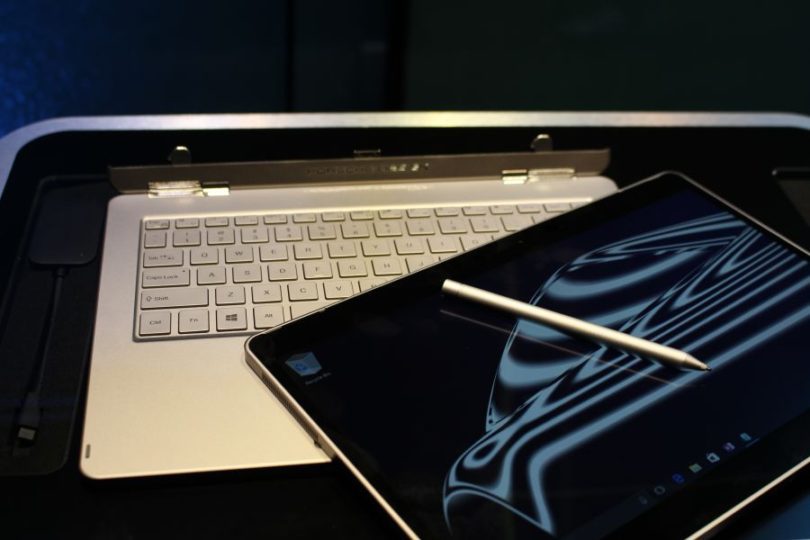London- The Porsche Design Book One laptop, unveiled earlier this month at the Mobile World Congress, bursts with beauty, power, and money in its luxurious design.
The new outstanding innovation, is owned by the Porsche Design Group (owned by the same parent company as automaker Porsche AG) already crafts watches, headphones, and more for wealthy clientele with refined tastes. The Book One’s official marketing has kicked off in April for $2,495, to present the first real challenge to Microsoft’s Surface Book considered, which belongs to the high—class laptop category. The Book One does set new standards for laptop beauty. The laptop is designed in Germany and manufactured by Quanta Computer in Taiwan. However, it clearly sacrifices much of its power characteristics for the sake of looks and affordability.
The company deserves credit for bringing some beauty to the device’s form factor that faces constant pressures to be slimmer and lighter. The Book One starts with a brushed-aluminum shell and chiseled corners, elements you’ll find on other luxurious laptops. It’s also extremely thin, at just 15.9mm (0.63 inches). Next, it adds hints of Porsche automotive heritage in details such as the radiator-like ventilation grilles on the sides of the display.
The gear-like hinge mechanisms are made of polished stainless steel. You can admire how they roll smoothly over each other and keep the two halves closely matched. That’s thanks to a small additional mechanism that Porsche calls the intelligent distance ring, which deftly tilts the hinges around each other.
That’s far better than the awkward up-and-over you see with most laptops. According to PC World magazine, if we’re talking aesthetics, however, that little ring -seen in the middle of the hinge- is simple white plastic and looks out of place among all the metal bling.
Characteristics of Porsche Design Book One
The Book One is the first laptop to have both a 360-degree hinge and a detachable display. The glossy IPS screen, protected by Gorilla Glass 4, has a sky-high resolution of 3200×1800 pixels, and a 5MP front camera plus an infrared camera for enabling Windows Hello face authentication. The beautiful aluminum stylus, designed with Wacom, sticks to the right side of the display using magnets.
Users can detach the display by pressing a small button on the right side of the Book One. A small light on the bottom of the screen turns green when the display is ready to be released. You pull it up and off fairly easily, leaving a slender bar attached at the hinges. The lower half has a full-size backlit keyboard and a Microsoft Precision Touchpad, which can accept an advanced set of taps, touches, and gestures for easier navigation.
Most of the computer’s components are placed in behind the display so it can function independently as a tablet. The main specs include Windows 10 Pro and an Intel 7th-generation Kaby Lake Core i7 processor; the 512GB SSD is roomy and fast.
The one thing that lacks for luxury in this device is the graphics. For a brand so closely associated with high performance, the Book One was expected to have discrete graphics. To be fair, however, there’s only so much the Book One could do with the space it has (it’s a little smaller and thinner than the Surface Book), and it would have been difficult to build a discrete GPU into the display half without a lot more ventilation and other compromises.
On the other hand, the Book One offers a total of 70Wh of lithium polymer battery with a projected life of up to 14 hours. That battery is split between the display, and the keyboard. Porsche Design says you can charge the unit fully within two hours. As hard as it is for PC enthusiasts to admit, many users would willingly trade some performance for longer battery life, which can be missed with Book One.
Having a non-computer company like Porsche Design come in with a high-style product like the Book One confirms that people are willing to pay more money for pretty PCs. Hardware enthusiasts may grumble about a compromise or two, but this PC is really speaking to a different audience.
